Here’s How The Interstate System Changed Road Trips
In the mid-20th century, the United States embarked on one of its most ambitious infrastructure projects: the Interstate Highway System. Officially launched in 1956, this network of roads was designed to connect major cities across the country, facilitating commerce and travel.
The vision was to create a seamless road network that would allow Americans to traverse the nation smoothly. It wasn’t just about roads; it was about shaping the future of American mobility and economic growth.
Before the Highways: A Road Trip Down Memory Lane
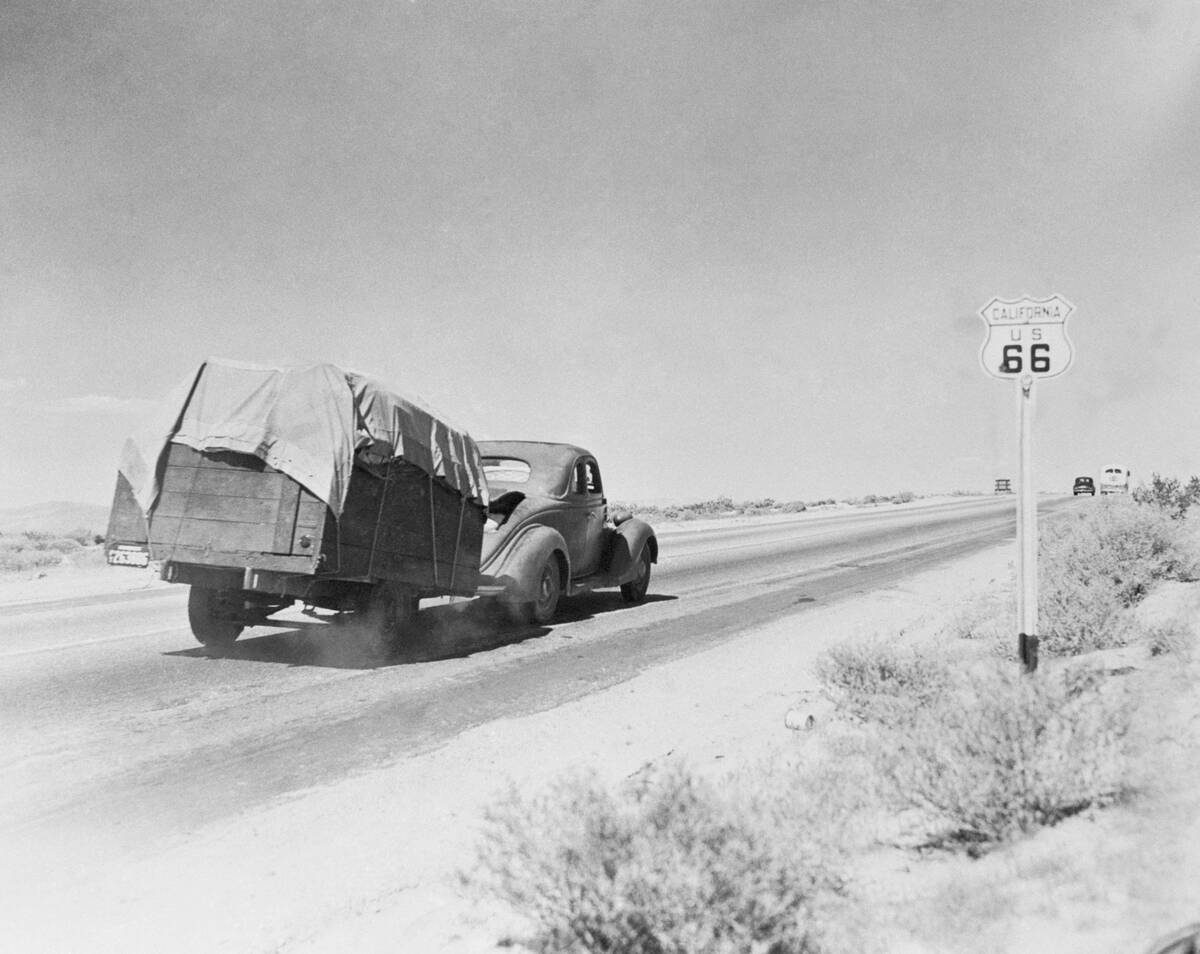
Before the interstate system, road trips were a different ballgame. Travelers navigated a patchwork of local roads, often unpaved and poorly maintained. It was common for drivers to encounter delays due to road conditions, making long-distance travel a challenging endeavor.
Route 66, the legendary highway established in 1926, provided some relief, offering a more direct path from Chicago to Santa Monica, but it still required patience and a sense of adventure.
The Visionaries Behind the Wheels: Eisenhower and the Federal-Aid Highway Act
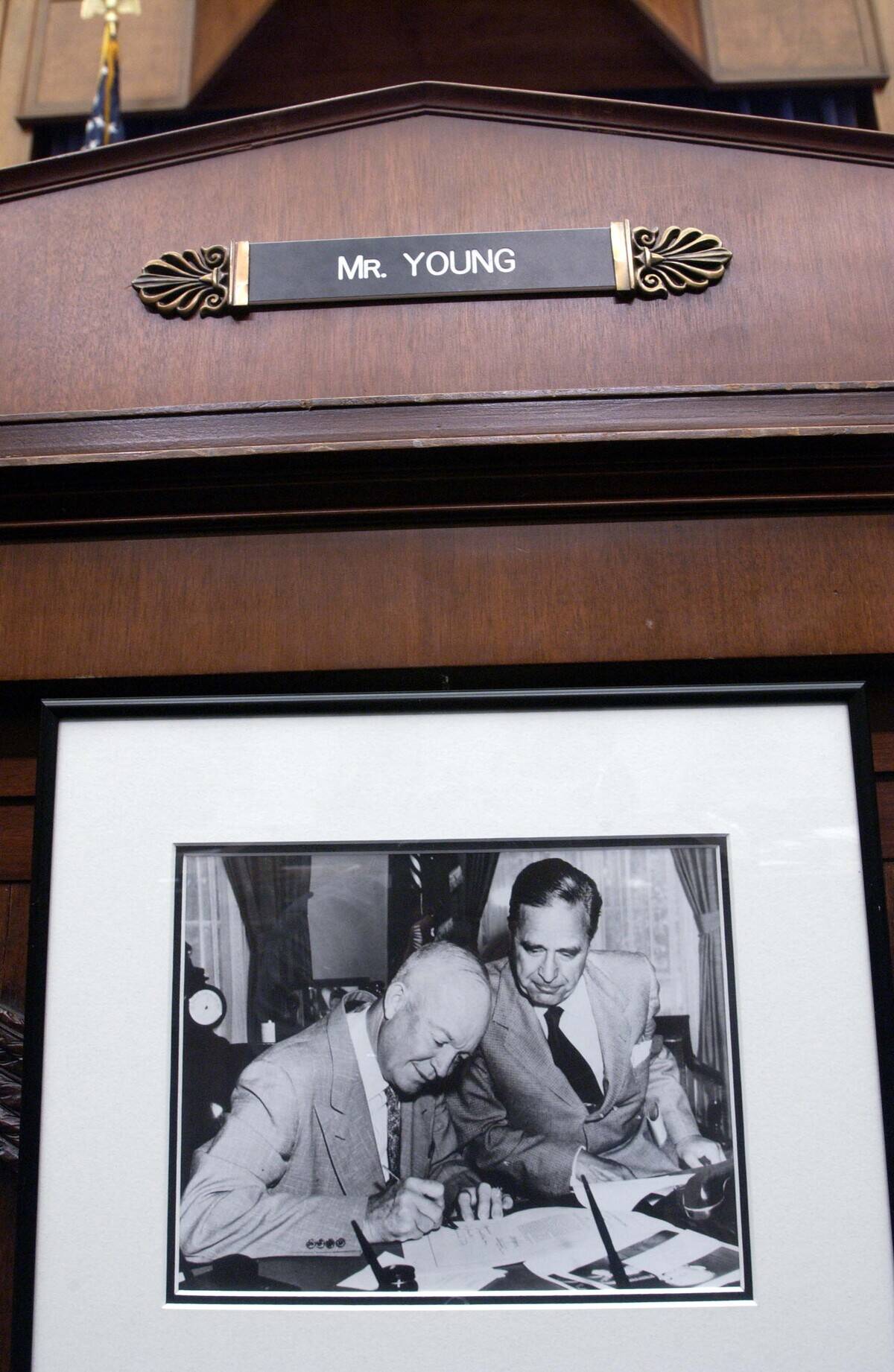
President Dwight D. Eisenhower was instrumental in the development of the interstate system. His experiences with inadequate roads during World War II and admiration for Germany’s Autobahn inspired him to champion the Federal-Aid Highway Act of 1956.
This act authorized the construction of a 41,000-mile network of interstate highways and allocated $25 billion for its development. Eisenhower’s vision was clear: To create a reliable and efficient road system that would enhance national defense and unify the country.
Mapping the Dream: Planning the Interstate Network
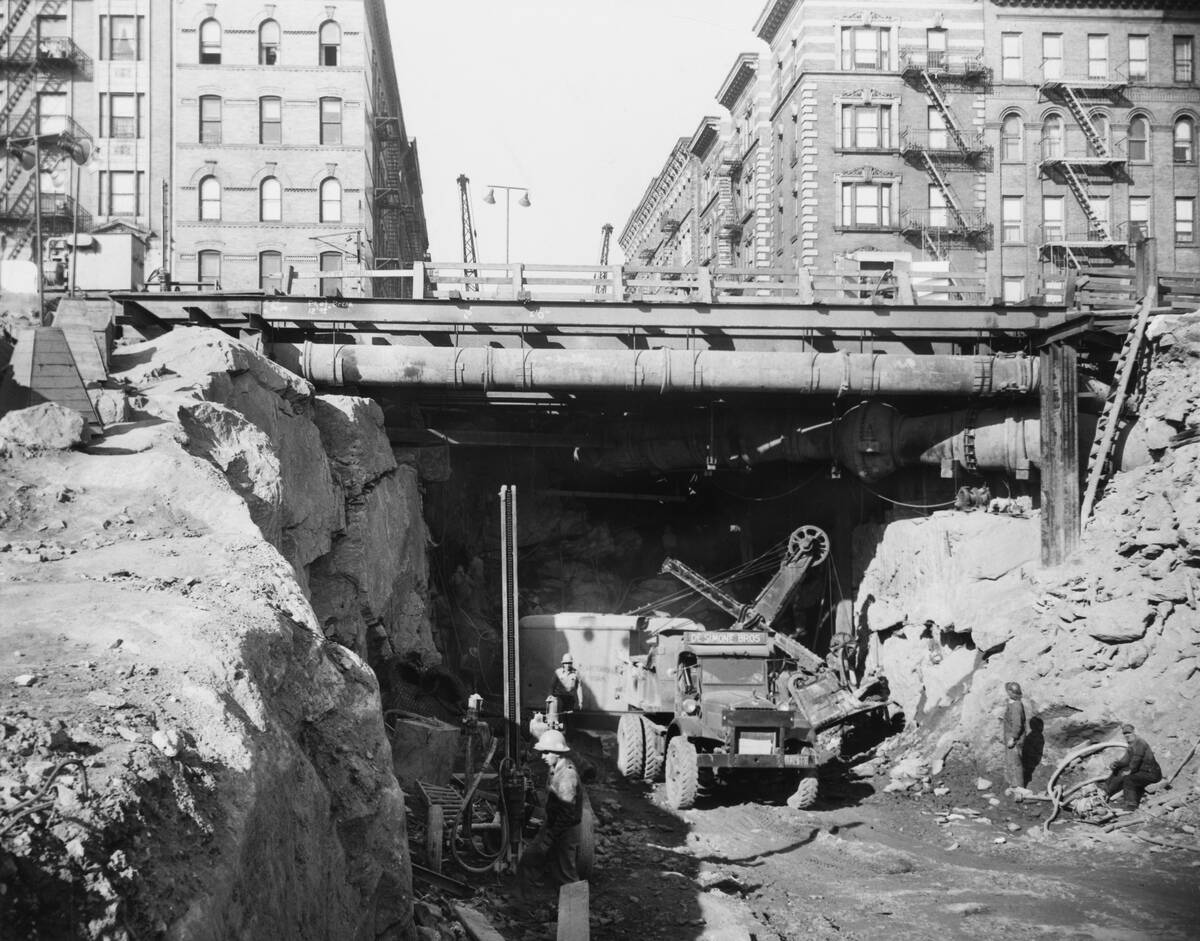
Creating the interstate system required meticulous planning and foresight. Engineers and planners were tasked with mapping out routes that would connect major cities and accommodate future growth. The Bureau of Public Roads, along with various state agencies and the U.S. Army, worked tirelessly to ensure the network was both comprehensive and efficient.
They faced challenges such as terrain, urban congestion, and the need to minimize disruptions to existing communities. The latter consideration came the hard way, after the displacement of about a million people led to widespread anti-freeway protests. The result was nonetheless a grid of highways that revolutionized American transportation.
From Dirt Roads to Superhighways: Transforming American Travel

The transition from dirt roads to superhighways marked a significant shift in how Americans traveled. Interstates provided a smooth, fast, and reliable means of transportation, drastically reducing travel time between destinations.
This transformation was not only about speed but also about safety, as roads were designed with multiple lanes, medians, and controlled access points. The superhighways made cross-country travel more accessible to everyday citizens, changing the way Americans lived and worked.
Mile Markers and Exit Signs: Navigating the New Roadways
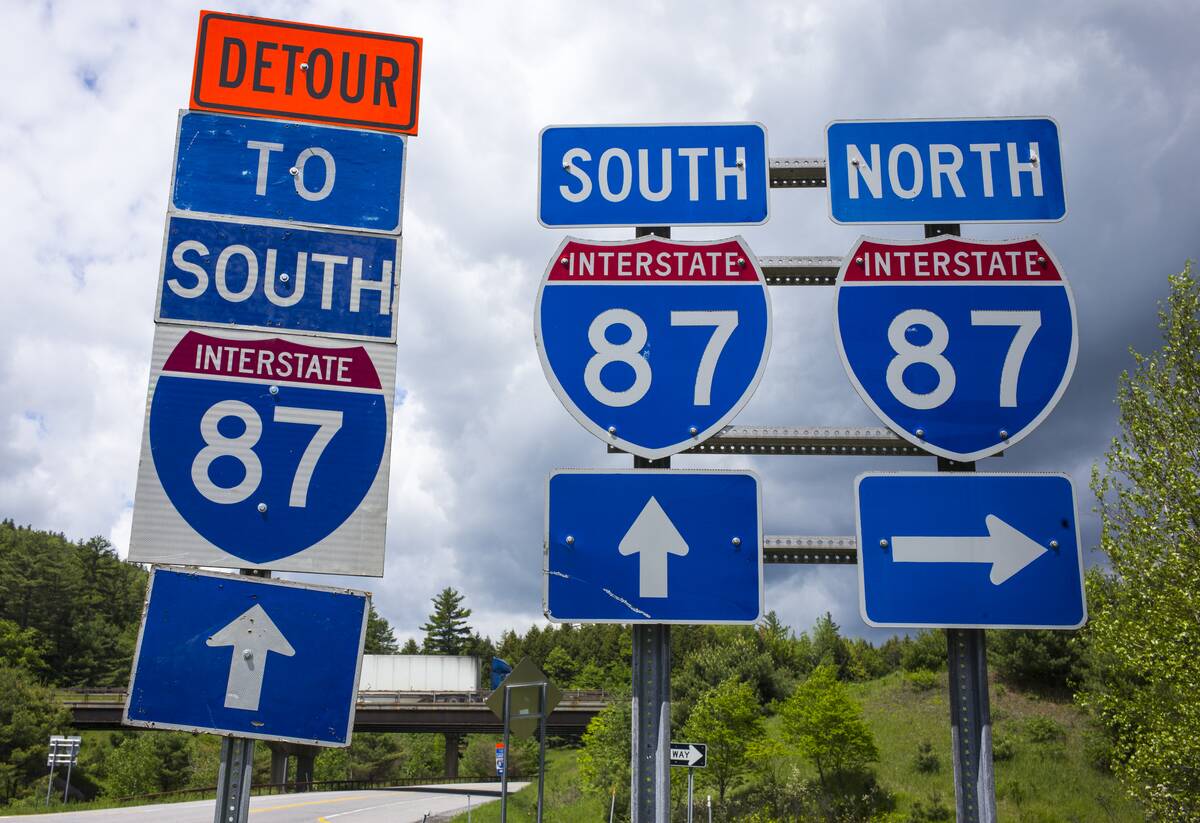
With the advent of the interstate system, navigation became more straightforward thanks to standardized mile markers and exit signs. These tools helped drivers keep track of their progress and find services or attractions along their route.
Mile markers were placed every mile, providing a reliable reference point for location and distance. Exit signs were strategically situated to inform drivers of upcoming off-ramps and nearby amenities, making travel more convenient and predictable.
Eats and Sleeps: The Rise of Roadside Diners and Motels
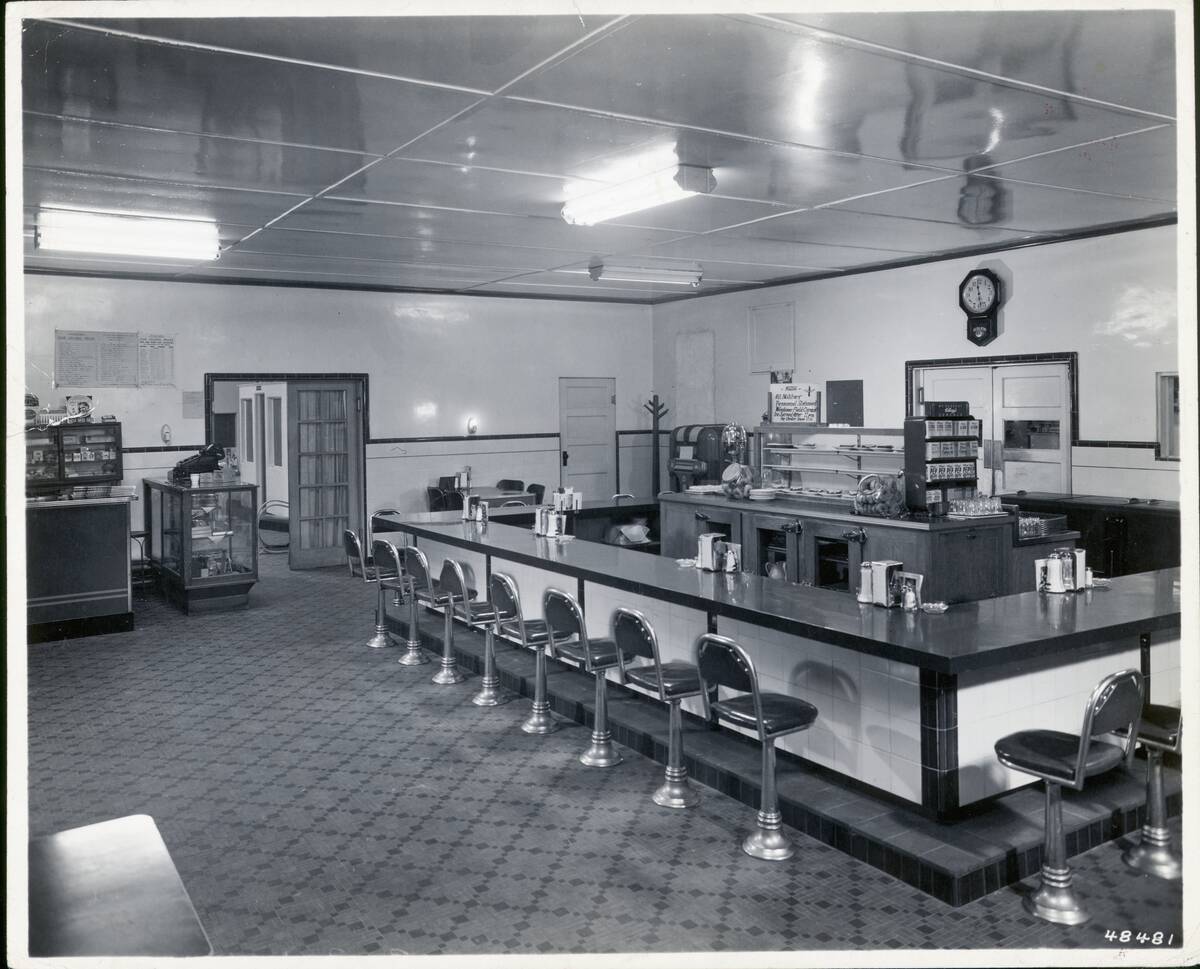
As interstates crisscrossed the country, a new era of roadside hospitality emerged. Diners and motels sprang up along these highways, catering to the needs of travelers seeking a quick bite or a place to rest.
These establishments became iconic symbols of American road culture, offering comfort food and affordable accommodation. The convenience of pulling off the highway for a meal or an overnight stay was a welcome change for road-weary adventurers.
Fueling Up: The Evolution of Gas Stations Along the Interstates

Gas stations evolved significantly with the development of the interstate system. Positioned at strategic intervals along highways, these stations ensured that drivers could refuel conveniently during long trips.
Many stations expanded their offerings, adding convenience stores, restrooms, and quick-service restaurants by 1957. The evolution of gas stations made road travel more comfortable and efficient, with drivers able to find everything they needed without straying far from their routes.
Scenic Routes and Pit Stops: Discovering Hidden Gems
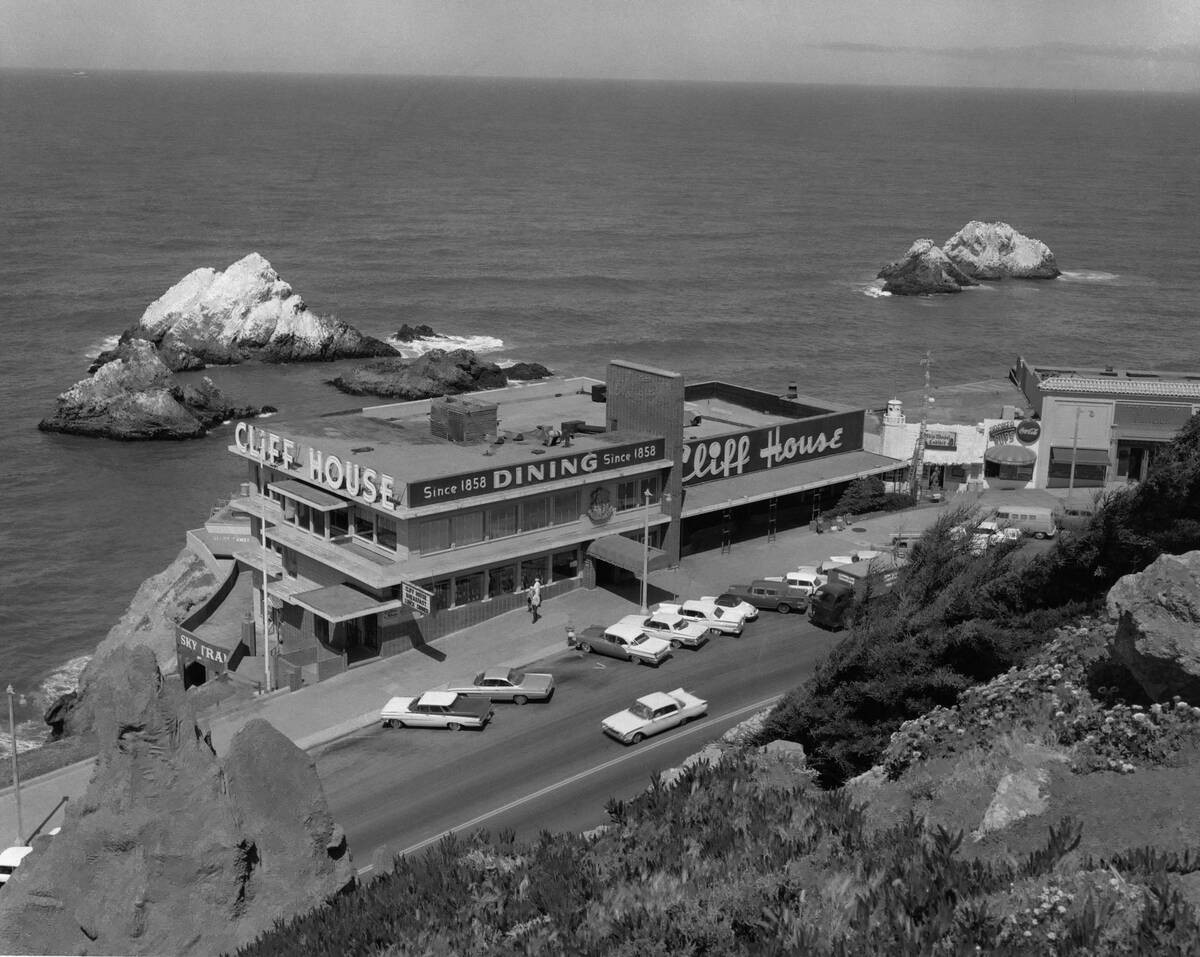
While interstates provided the fastest routes, scenic byways offered travelers a chance to explore hidden gems off the beaten path. These roads meandered through picturesque landscapes, quaint towns, and historic sites.
Travelers seeking a slower pace could enjoy the beauty and charm of America’s diverse regions. Scenic routes became destinations in themselves, inviting road trippers to pause, take in the view, and discover the unique character of each locale.
Family Vacations Redefined: The Golden Age of Road Trips
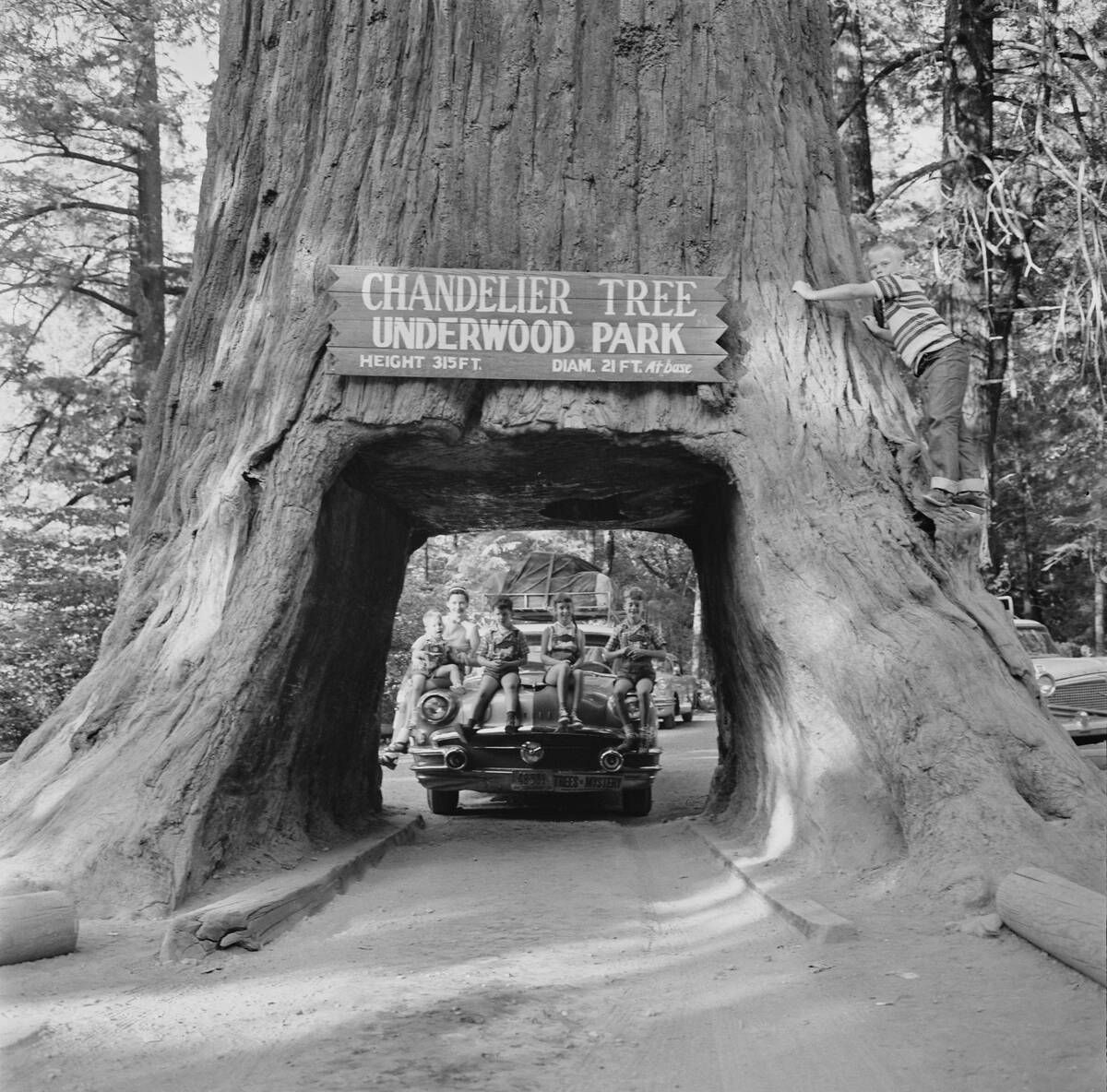
The interstate system ushered in the golden age of family road trips. Families could embark on cross-country adventures with ease, exploring the vast landscapes of the United States.
The convenience of travel, coupled with the affordability of driving, made road trips a popular vacation choice. Families packed their cars with essentials, hit the open road, and created lasting memories as they visited national parks, iconic landmarks, and bustling cities.
The Advent of RVs: Home on the Road
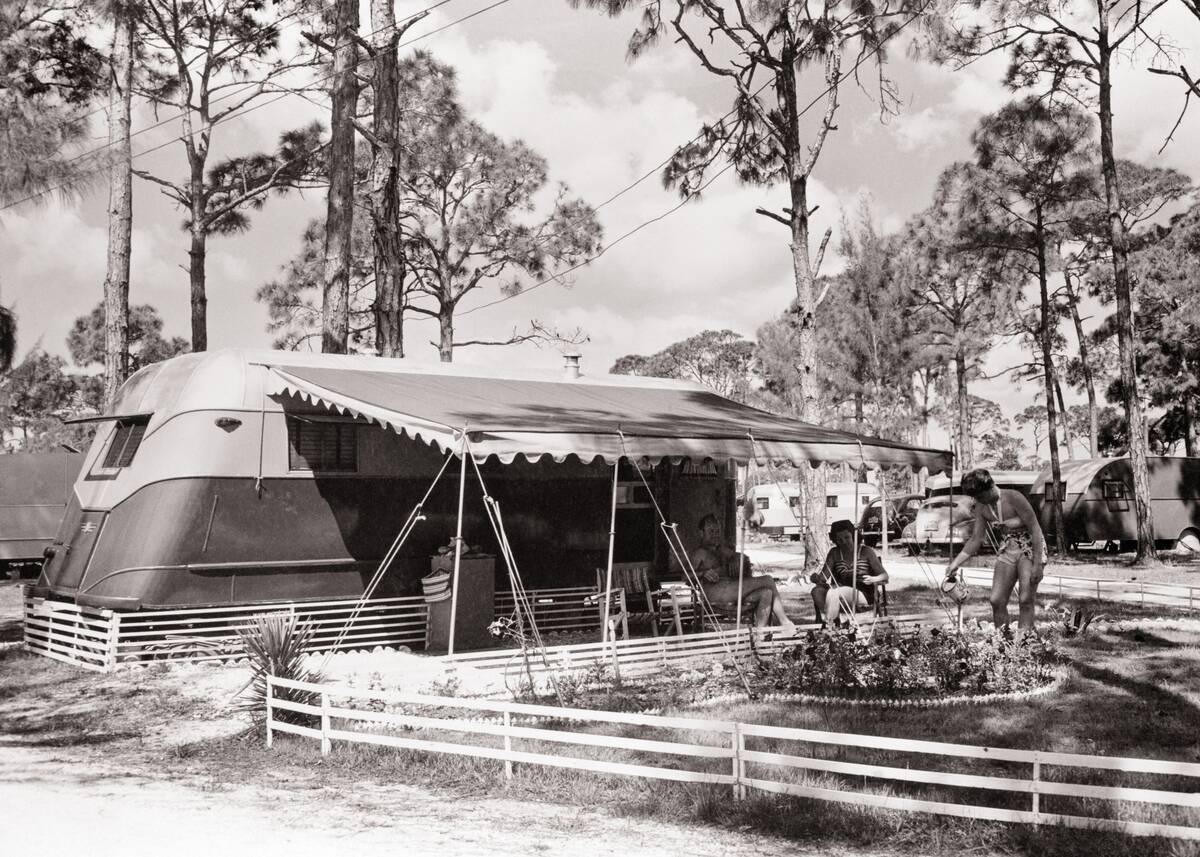
The rise of recreational vehicles (RVs) changed the way people experienced road travel. Offering a home on wheels, RVs provided comfort and flexibility for travelers yearning for adventure.
The interstate highways made RV travel more accessible, allowing enthusiasts to explore distant destinations without sacrificing the comforts of home. The RV lifestyle appealed to a wide range of travelers, from families to retirees, seeking the freedom to roam and enjoy the open road.
Roadside Attractions: The Quirky and the Quaint
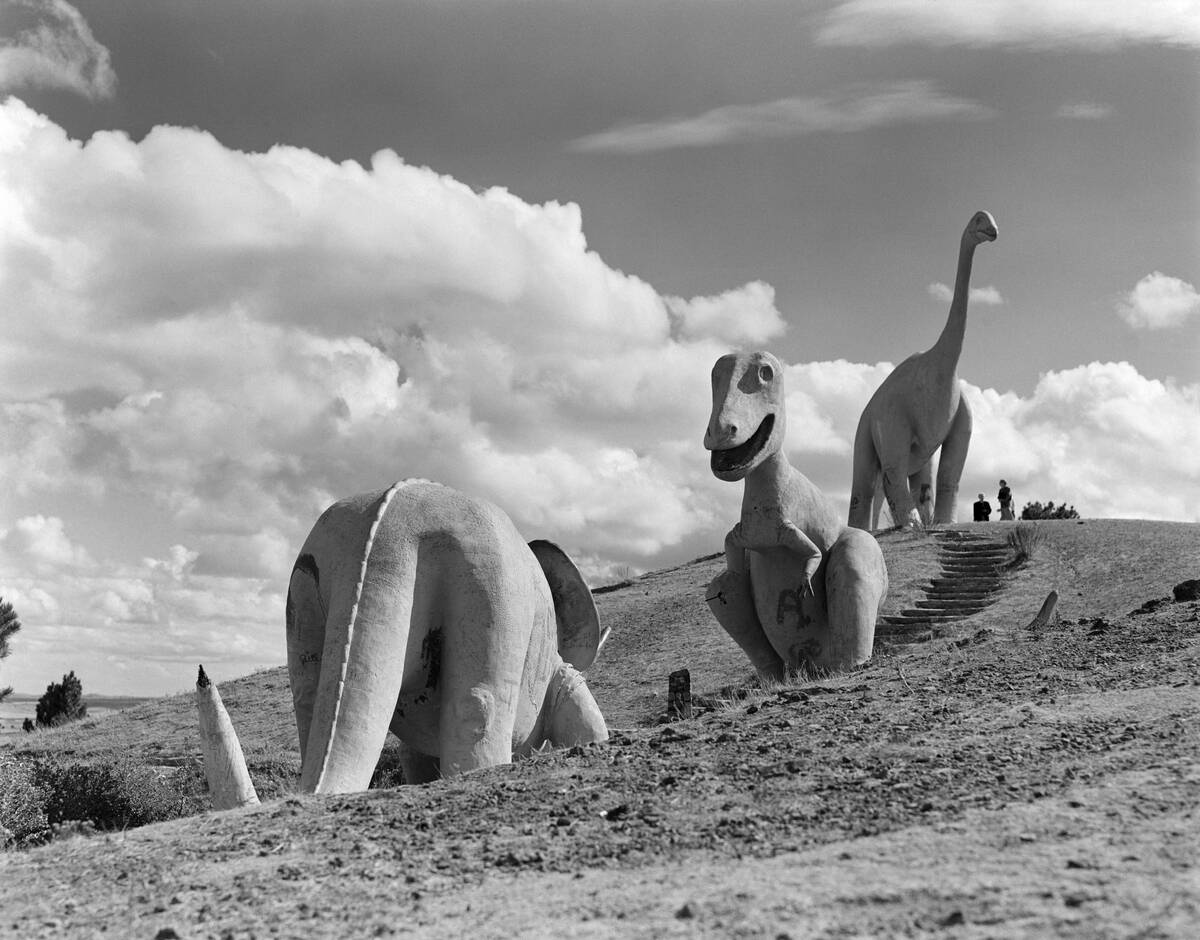
Interstate travel led to the proliferation of quirky roadside attractions, enticing travelers to stop and explore. From giant statues and eccentric museums to themed parks and unusual landmarks, these attractions added whimsy to road trips.
They became cherished pit stops, offering unique experiences and photo opportunities. Travelers could stretch their legs, learn something new, and enjoy a break from the monotony of highway driving while creating memorable stories to share.
The Environmental Impact: Interstates and the Great Outdoors

The expansion of the interstate system has had environmental implications, impacting natural landscapes and ecosystems. Road construction altered habitats and contributed to pollution. However, efforts have been made to mitigate these effects through conservation programs and sustainable practices.
The interstates also provide access to national parks and natural wonders, encouraging appreciation and preservation of the great outdoors. Balancing infrastructure development with environmental stewardship remains a critical consideration for future highway projects.
Cultural Influences: Road Trips in Music, Movies, and Media

Road trips have become a cultural phenomenon, inspiring countless songs, movies, and media stories. Iconic films like Easy Rider and Thelma & Louise capture the spirit of the open road, while songs like “On the Road Again” celebrate the freedom of travel.
The allure of the road trip has been immortalized in literature and pop culture, symbolizing adventure, self-discovery, and the American dream. This cultural legacy continues to inspire new generations of travelers to embark on their own journeys.



